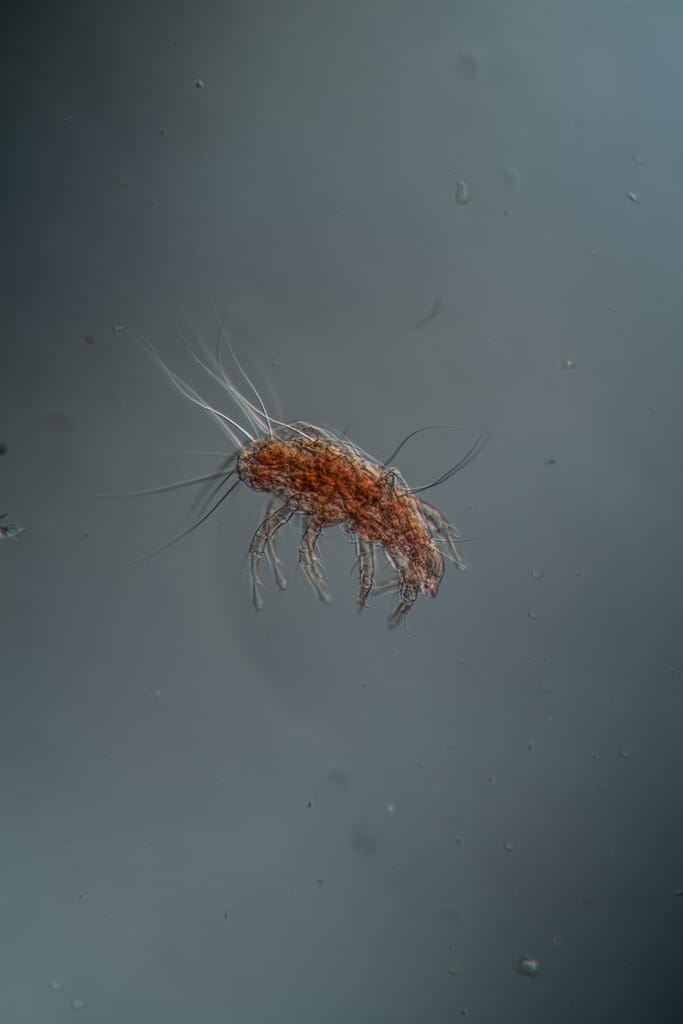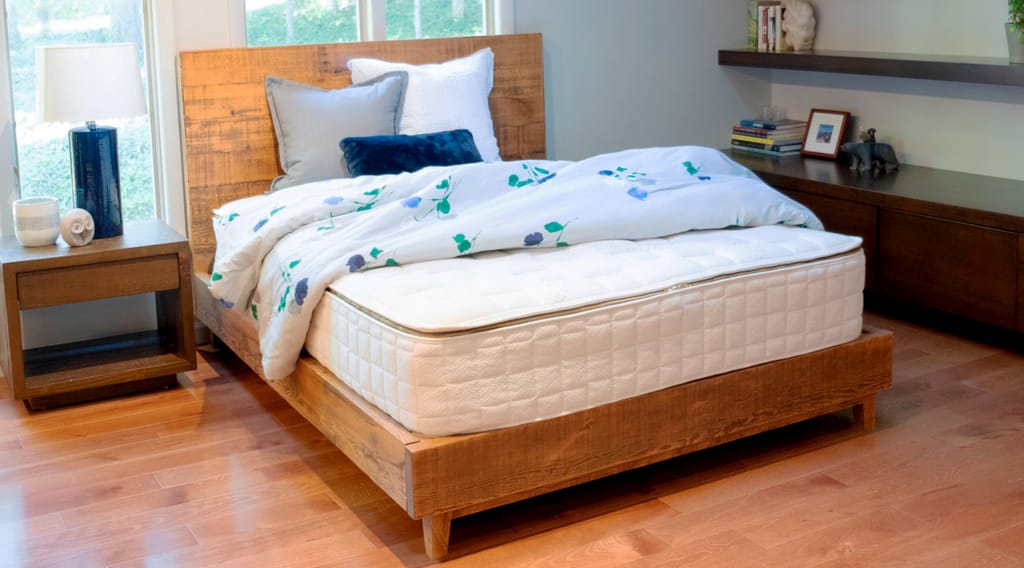What are dust mites?
Dust mites are microscopic critters that thrive, as their name suggests, in dirt. They’re too small to detect without a microscope, and they prefer to live in warm, moist places. The critters feed on flakes of human skin. They’re not destructive or harmful, but they can lead to allergies in some individuals.
The Health Risks
While dust mites may be too small to see, their presence can have a significant effect on our health. It is important to be aware of the associated health risks associated and how to reduce their presence in our environment.
Dust mites feed on the dead skin cells that our bodies shed every day. They reproduce quickly and can quickly become a problem in our homes and bedrooms. They are known to trigger asthma, allergies, and other respiratory problems. They are also a leading cause of chronic eczema in children and adults. The most common symptoms of dust mite allergies and asthma include sneezing, coughing, wheezing, and itchy eyes, nose and throat.
People who suffer from those allergies may also experience skin rashes and difficulty sleeping. In more severe cases, the presence of these critters can cause difficulty breathing and swollen airways. The best way to reduce their presence is to reduce the amount of dust that accumulates around the home.

How to avoid them
Common household items that attract dust mites include carpets, curtains, furniture, pet beds, pillows, and mattresses. They thrive in warm and humid environments, which is why they are commonly found in these items. They can also feed off of the dust particles that accumulate in these areas over time.
Vacuuming on a regular basis is a great way to reduce dust mites, as it will remove any particles that have accumulated on furniture, carpets, and curtains. Additionally, you should regularly wash bedding and other items in hot water, as this will help kill any critter that have found their way inside.
If possible, you should also try to reduce the amount of humidity in your home. Dust mites thrive in humid environments, so keeping the humidity levels low can help keep them at bay. Air conditioners and dehumidifiers can be used to reduce humidity levels.
Finally, it is important to replace any bedding items in your home that are more than five years old. These items tend to accumulate more dust mites than newer items and should be replaced accordingly.

More tips
Dust mites are tiny anthropoids that develop in dirt, lint, and other debris. They can induce serious respiratory complications in individuals with allergies and asthma. We can ward them off by taking a few elementary precautions:
- Tidy your house and bedroom regularly, especially in those areas where dust concentrates, such as carpets, bedding, and upholstered furniture.
- Use a moist cloth to wipe floors and surfaces.
- Vacuum frequently, preferably using a vacuum cleaner with a High-Efficiency Particulate Air (HEPA) filter.
- Protect your mattress, pillows, and comforters with dust-proof covers.
- Eliminate clutter from your home to minimize areas where dust can assemble.
- Keep your windows closed and use air conditioning when the weather is hot.
- Avoid using feather pillows and down comforters.
- If you have pets, keep them clean and groomed.
- Avoid smoking in your home.
- Use a dehumidifier to maintain moisture levels low.
- If you have allergies or asthma, turn to your doctor for advice on how to curtail your exposure to dust mites.

Choosing the proper mattress
The best mattress to choose is one made of an allergen-proof material. Innerspring mattresses are not ideal, as they are susceptible to dust mites, which thrive in the warm, humid environment of a mattress. Instead, look for sleeping surfaces made of latex or foam. When shopping for a mattress, look for one with a tightly-woven, hypoallergenic fabric cover. This is important, as dust mites can’t penetrate it.
Consider purchasing a mattress with a zip-off cover that can be washed regularly. Make sure the cover is made of a natural fiber, such as organic cotton, as synthetic materials can trap dust mites. Choose a mattress with a medium-firm surface, as this is best for those with allergies. A firmer mattress will minimize the amount of dust mites in the mattress, while still providing the necessary support and comfort.
You can also look for a mattress that is specially designed to reduce dust mite allergens. Some mattresses have a layer of allergen-proof material that prevents dust mites from entering the mattress.

Conclusion
Dust mites are tiny creatures that live in household dirt. They are too small to see with the naked eye, but they can cause colossal problems for people who are allergic to them. They are a common cause of asthma and other respiratory problems.
Reference
- Dust mite allergy – Symptoms and causes. (2021, July 31). Mayo Clinic. https://www.mayoclinic.org/diseases-conditions/dust-mites/symptoms-causes/syc-20352173
- Kerr, M. (2020, March 12). Dust Mite Allergies. Healthline. https://www.healthline.com/health/allergies/dust-mites
- McCombe, S. (2023, January 28). The Best Ways to Get Rid of Dust Mites. wikiHow. https://www.wikihow.com/Get-Rid-of-Dust-Mites